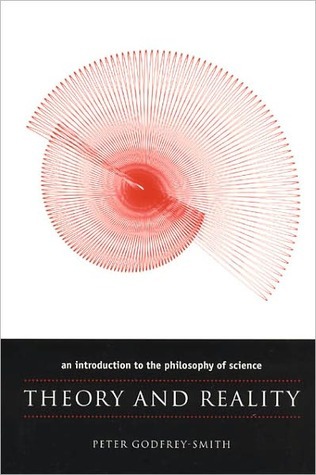More on this book
Kindle Notes & Highlights
Started reading
February 6, 2020
trust and cooperation are essentia...
This highlight has been truncated due to consecutive passage length restrictions.
who can be trusted? Who is a reliable s...
This highlight has been truncated due to consecutive passage length restrictions.
special balance of cooperation and competition found in scientific communities.
The first and third ideas-empiricism and social structure-are especially important.
mechanism.
about causation and explanation.
A synthetic sentence is true or false in virtue of both the meaning of the sentence and how the world actually is.
"observational" language and "theoretical" language.
For logical positivism, logic is the main tool for philosophy,
"context of discovery"
"context of justification"
Logical positivism was a revolutionary, uncompromising version of empiricism, based largely on a theory of language.
As Schlick once put it, "what every scientist seeks, and seeks alone, are ... the rules which govern the connection of experiences, and by which alone they can be predicted"
Operationalism held that scientists should use language in such a way that all theoretical terms are tied closely to direct observational tests.
Quine argued for a holistic theory
A holist argues that you cannot understand a particular thing without looking at its place in a larger whole.
(Holism about testing is often called "the Duhem-Quine thesis.")
For Quine, all our ideas and hypotheses form a single "web of belief,"
The verifiability theory, which had been so scythe-like in its early forms, was replaced by a holistic empiricist theory of meaning.
Theories were seen as abstract structures that connect many hypotheses together.
The logical positivist distinction between observational and theoretical parts of language was kept roughly intact.
The observational base of science was seen as made up of descriptions of observable physical objects
For Hempel, to explain something is to show how to infer it using a logical argument, where the premises of the argument include at least one statemen...
This highlight has been truncated due to consecutive passage length restrictions.
Scientific language is only meaningful insofar as it picks out patterns in the flow of experience. Now,
But much of science does appear to be a process in which people hypothesize hidden structures that give rise to observable phenomena.
Of course, unobservable structures posited by a theory at one time might well turn out to be observable at a later time.
traditional empiricist insistence that, ultimately, the only thing scientific language can do is describe patterns in the observable realm.
We can make sense of science only by treating much of it as an attempt to describe hidden structures that give rise to observable phenomena.


